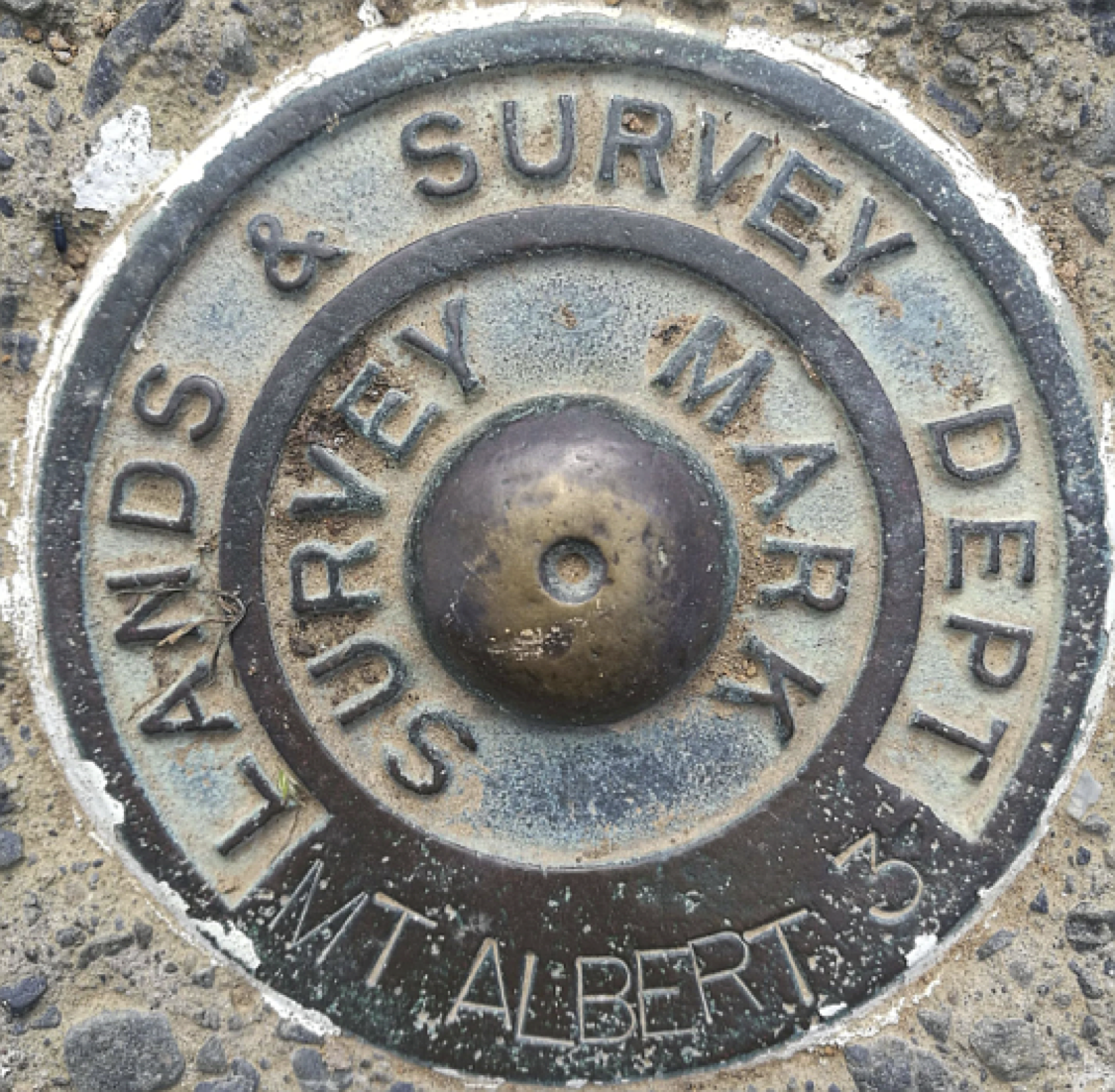November 13, 2018
Wellington, New Zealand
In Wellington we like to pretend that every day is like this. Still and sunny, warm but not to the point of making your shirt stick to your skin if you go out for a walk. Freezing horizontal rain and blistering winds are much more common than we admit, but today is not one of those days.
Regardless of the weather, the dog always needs walking, so every day for me begins the same way: with a stroll in one of the green areas that surround our house. Today it’s the portentously named Mount Albert, in reality a small scrub-covered hill featuring a dilapidated army emplacement from the second world war and stunning all-round views of the city, the airport and the sea.

It takes us about twenty minutes to get up there. Sometimes we stop on a park bench by the geodetic survey mark, watch the planes take off and land. I take something to read. In the morning it’s articles from the Italian press I sent to my kindle. I have lived in New Zealand for twenty years but catching up on what happened back home while I was asleep is a habit I’ll probably never abandon.
From the top of Mount Albert you can see the much larger and scenic Mount Victoria. I wonder how many adjoining geographical features are named after those two. Perhaps more than any other couple who ever lived.
Elsie is a good dog. We got her a little over a year ago and she has added an element of routine to my already highly regimented life. I don’t mind that.
I can tell you all the things that are going to happen today and the order in which they’re going to happen. The kids are at school, so I’m going to go home and do some work now. I’m reading Applied Ballardianism by Simon Sellars for a review and I have a couple of translations to attend to. I’m translating technical work, my favorite. I love a well-written manual. I have no talent for engineering or even DIY, but I enjoy finding out how machines work and especially how human labor is structured around machines—whether it’s fruit grading or the inside of a post office.
I’ll have lunch with my partner. That’s my favorite part of the day. Usually it’s something improvised or left-overs from the night before but today—although it hasn’t been planned yet—we’ll go out to a place we like in Shelly Bay and have grilled scallops with salad. The drive there and back on the coastal route to the restaurant is as much of a treat as the food.
I’ll be home to greet our two youngest when they come back from school at 3 pm. (Berhampore Primary is just across the fence.) Our eldest is 17 and is busy with his end-of-year high school exams. I won’t see much of him today. It’s Tuesday, so my daughter will choose a cartoon at 4 o’clock. Dinner is at 7.30. Then some more work in the evening, but usually lighter, in front of the television.
Chronic illness and disability dictate almost every single aspect of this schedule. Our youngest boy is diabetic. He has his blood sugar tested at regular times, from 8 am to 11 pm, and needs five or six insulin injections in that span of time, depending on his readings. It helps a great deal if his meals are regular, and it’s much easier if the whole family sticks to his routine.
Both he and his sister have autism. They are 10 and 13, so we’re well past the early years of heartbreak and confusion–the years when we didn’t know how to comfort them or understand the source of their distress.
Things have settled into a routine of care. We have learned the importance of school timetables and lists of things to do during the holidays that can be ticked off one by one. In her first year of school, our daughter would repeat phrases like “I have music tomorrow,” to which her teacher aide might respond “yes, you do.” But what she actually meant was: “I know what’s happening tomorrow. I need you to tell me all the things that are happening today.” She just didn’t know how to formulate the question. This knowledge of the near future gives her sense of control over her life and her environment.
Living with autism, or with people who have autism, means being hyper-vigilant about anxiety and its triggers. You will do anything to forestall an attack–what is also known less kindly as a “meltdown.” For years, for instance, we couldn’t play any kind of music at home outside the rote songs we still sing every night, or our daughter would get too upset. Now all it takes is adequate warning. For our son, something as ordinary as having to eat his vegetables can be a cause of great stress. All of these triggers, known and unknown, add a further dimension to the questions that any parent has to ask, about what can be reasonably demanded of their child.
Above all, you hope that your care is not itself disabling. This can happen in two ways: if you seek to reduce or eliminate behaviors just because they are too outwardly ‘autistic’; or if you lower your expectations and think your children less capable of growth than they are. My partner is great at walking that second line. She knows when to push them far more than I do. But I think it’s accurate to say that most of the ingrained habits and strategies we have developed over the years–our routine of care–have become invisible to us.
We live in a soft house, a place designed to protect our children from the sharpest corners of the world outside. It’s not a world made for them. But then who is it truly made for?
It’s 5:30 pm, time to take out Elsie again. This time the 10-year-old is coming with us. It’s a beautiful spring night and I let him hold the lead most of the way. He tells me a Māori legend he learned at school from a book by Peter Gossage. It’s the one about that time Māui set out to kill Hine-nui-te-pō, the goddess of night and death, so that people would no longer have to die. My son thinks he succeeded but I don’t think that’s how the story ends.





